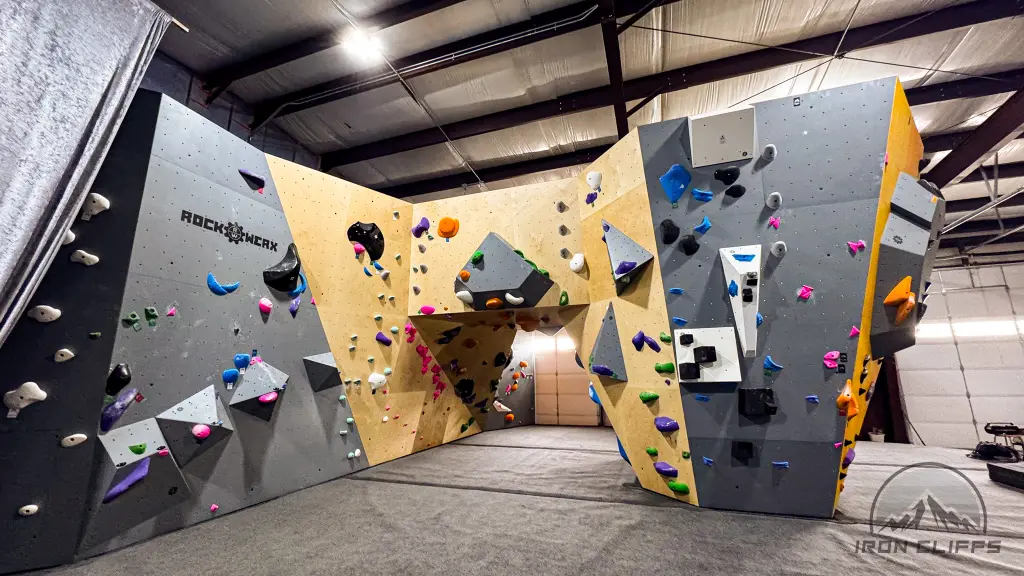Bouldering is more than just a test of strength—it’s a dynamic puzzle that challenges your body and mind. Whether you’re new to the sport or looking to refine your skills, mastering fundamental techniques can elevate your climbing experience. Here’s a concise guide to the key techniques every boulderer should know.
1. Prioritize Footwork Over Arm Strength
One of the most common mistakes beginners make is over-relying on arm strength. In reality, your legs are your powerhouse. By focusing on precise foot placements and pushing up with your legs, you conserve energy and maintain better control. Aim for “silent feet”—placing your feet on holds with minimal noise and maximum precision. redbull.com+3boulderingboss.com+3rockspotclimbing.com+3lydiascapes.com+1fise.fr+12. Engage Your Core for Stability
A strong core is essential for maintaining balance and control on the wall. Techniques like the drop knee—where you rotate your hip and bend your knee downward—help keep your body close to the wall, reducing the strain on your arms and improving reach. fise.fr+1boulderingboss.com+1rockspotclimbing.com
3. Utilize Flagging to Maintain Balance
Flagging involves extending a free leg to counterbalance your body weight. There are various flagging techniques:
-
Outside Flag: Extend your free leg to the side to prevent swinging away from the wall. en.wikipedia.org+4rockspotclimbing.com+4boulderinginfo.com+4
-
Inside Flag: Place your free foot between your body and the wall to stabilize your position. rockspotclimbing.com
-
Back Flag: Common on overhung routes, this involves placing your free foot behind your body to maintain balance. rockspotclimbing.com
4. Plan Your Route Strategically
Before attempting a problem, take a moment to observe the wall and plan your moves. Consider the sequence of holds, the placement of your feet, and any potential challenges. This mental preparation can make a significant difference in your performance. boulderingboss.com+8rockspotclimbing.com+8
5. Embrace the Learning Process
Bouldering is as much about mental resilience as it is about physical ability. Don’t be discouraged by falls or failed attempts; each is an opportunity to learn and improve. Remember, patience and persistence are key to progression in climbing. fise.fr
By focusing on these fundamental techniques—precise footwork, core engagement, effective flagging, strategic planning, and a positive mindset—you’ll build a solid foundation for your bouldering journey. Keep practicing, stay patient, and enjoy the climb!
